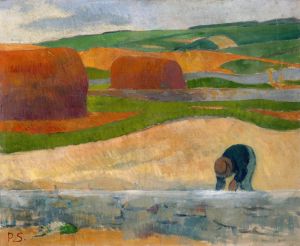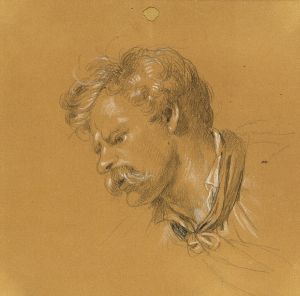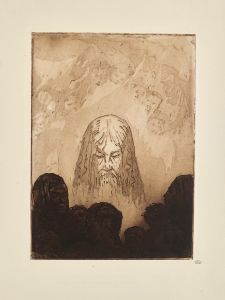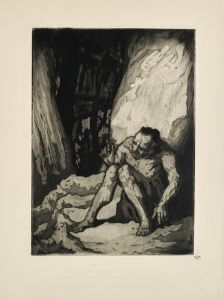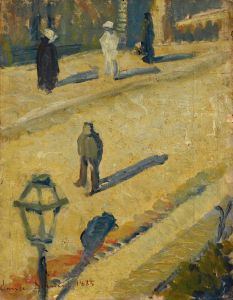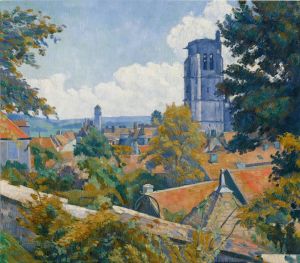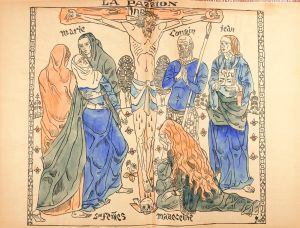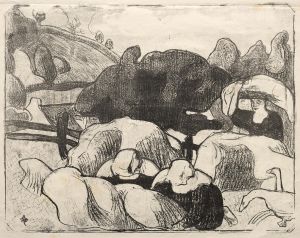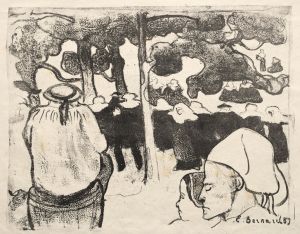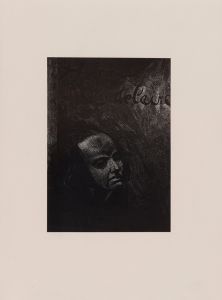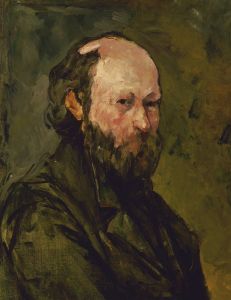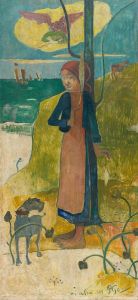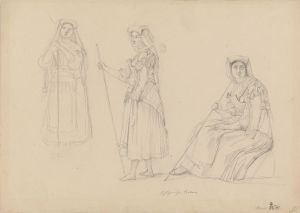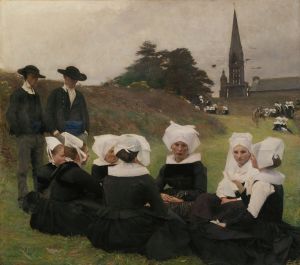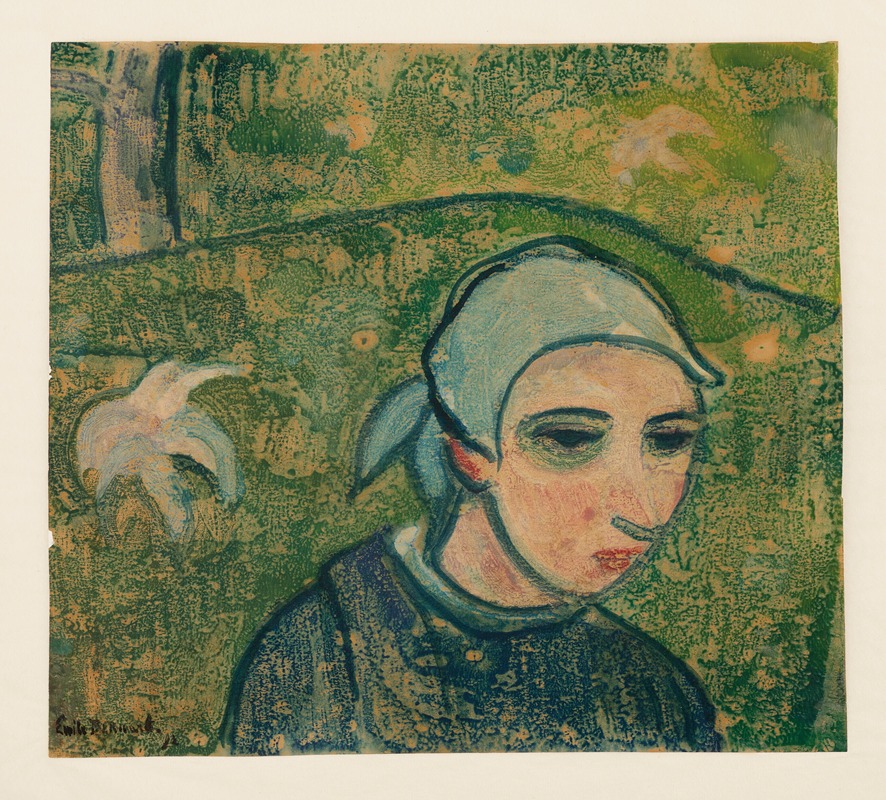
Tête d’une jeune bretonne
A hand-painted replica of Emile Bernard’s masterpiece Tête d’une jeune bretonne, meticulously crafted by professional artists to capture the true essence of the original. Each piece is created with museum-quality canvas and rare mineral pigments, carefully painted by experienced artists with delicate brushstrokes and rich, layered colors to perfectly recreate the texture of the original artwork. Unlike machine-printed reproductions, this hand-painted version brings the painting to life, infused with the artist’s emotions and skill in every stroke. Whether for personal collection or home decoration, it instantly elevates the artistic atmosphere of any space.
Émile Bernard's Tête d’une jeune bretonne (Head of a Young Breton Woman) is a painting created by the French Post-Impressionist artist Émile Bernard. Bernard, born in 1868, was a key figure in the development of modern art during the late 19th century. He is particularly known for his contributions to the Symbolist and Cloisonnism movements, as well as his close associations with artists such as Paul Gauguin and Vincent van Gogh.
This particular work, Tête d’une jeune bretonne, depicts the head of a young woman from Brittany, a region in northwestern France. Brittany was a significant source of inspiration for Bernard and many of his contemporaries due to its distinct cultural identity, traditional costumes, and rural landscapes. The painting reflects Bernard's interest in capturing the essence of Breton life and its people, which he often portrayed in his works during the late 1880s.
The style of the painting is characteristic of Bernard's Cloisonnist approach, a technique he helped pioneer. Cloisonnism is defined by the use of bold, flat areas of color separated by dark outlines, reminiscent of stained glass or cloisonné enamel work. This method was a departure from the more naturalistic techniques of Impressionism and marked a shift toward a more symbolic and decorative aesthetic. In Tête d’une jeune bretonne, Bernard employs this technique to emphasize the contours of the young woman's face and the simplicity of her features, creating a striking and timeless image.
The subject of the painting, a young Breton woman, is portrayed with a serene and introspective expression. Her traditional Breton headdress and attire are rendered with minimal detail, focusing instead on the overall composition and the interplay of shapes and colors. This approach aligns with Bernard's broader artistic philosophy, which sought to distill forms to their essence and convey emotional or spiritual depth through simplicity.
Émile Bernard's time in Brittany, particularly in the town of Pont-Aven, was a formative period in his career. It was here that he developed his Cloisonnist style and formed a close friendship with Paul Gauguin, with whom he exchanged ideas and collaborated. The influence of Brittany and its people is evident in many of Bernard's works from this period, including Tête d’une jeune bretonne.
The exact date of the painting's creation is not definitively documented, but it is generally associated with Bernard's productive years in the late 1880s. Today, Tête d’une jeune bretonne is recognized as an example of Bernard's innovative approach to art and his ability to capture the spirit of his subjects with both simplicity and depth. The painting is held in a private collection or museum, though specific details about its current location are not widely available.





